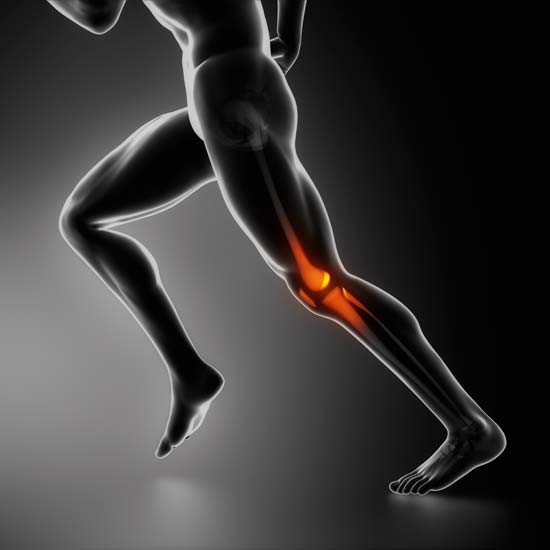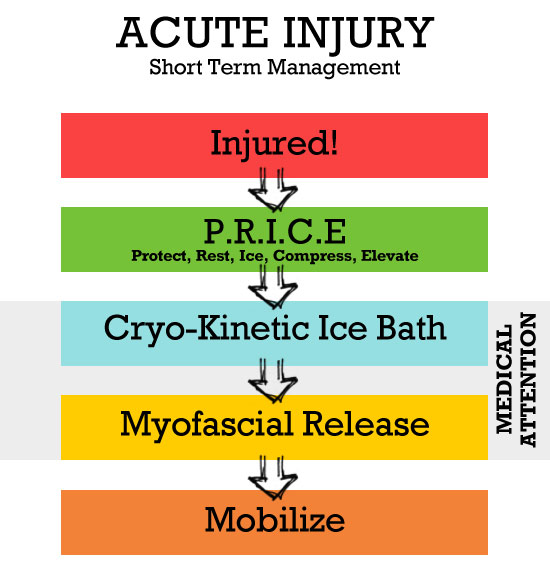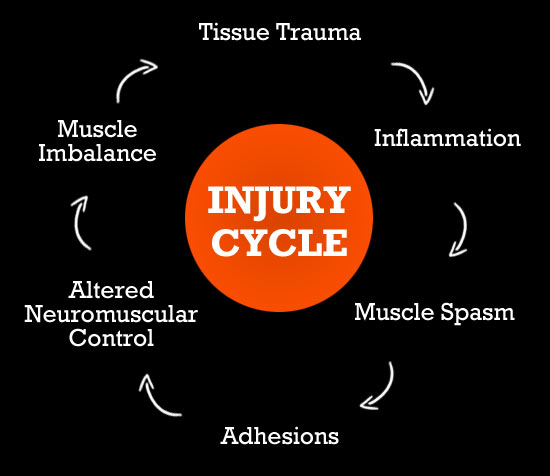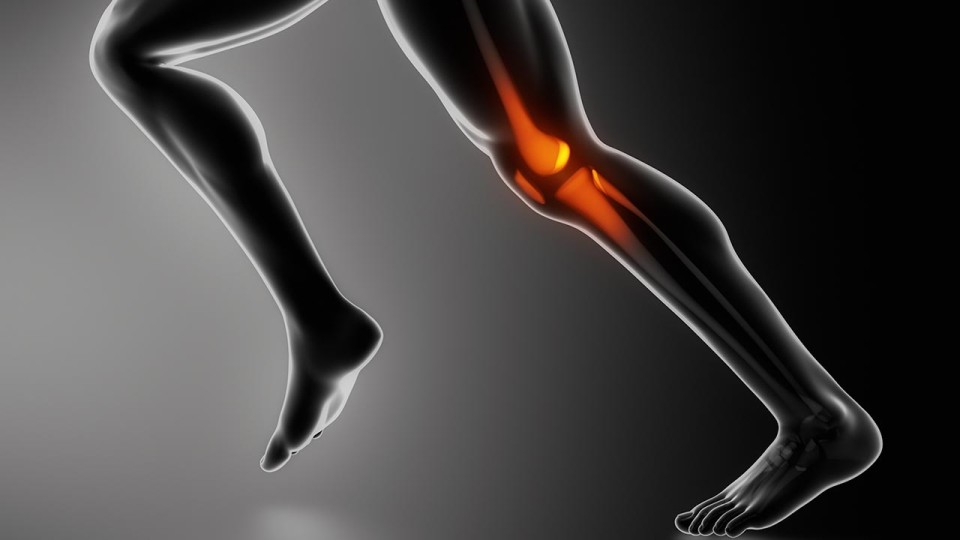Looking back at this year’s worth of races and marathons, we will always ask ourselves if we could have done something better? Was there enough training? Was there sufficient rest time in between training? Or was nutrition optimal?

More often than not, we find ourselves zooming in on these big questions like how macronutrients are always focused on in our diets. But how often do we look at other elements that can have a major impact on our performance? Take a traumatic injury of severe ankle sprain:
- Is it a variable we can avoid it? – Maybe not.
- Does it increase downtime? – Yes.
- Does this downtime include recovery time and rehab duration? – Yes.
- Does this entire duration also mean performance loss? – Yes.
Usually, we tend to overlook the importance of a good contingency plan to manage these acute injuries that could have been avoided. These contingency plans will determine if we return to training fast or be forever haunted by this injury.
A good contingency plan will include both long term and short term injury management. In this article, we will discuss the importance of short term management strategy that can greatly reduce downtime and restore performance.

1. Have a Suitable Injury Management Plan (P.R.I.C.E)
As with most first aid procedures for injuries, you will want to – Protect, Rest, Ice, Compress, Elevate (P.R.I.C.E).
- Is this protocol good? – Yes.
- Is it enough to let us go back to training quickly? – Maybe not.
- So how do we decrease downtime? – Have a good injury management plan!
A good injury management framework emphasizes on restoring functionality and every step taken is a step away from dysfunction. As such, the next step after P.R.I.C.E in our framework is Cryo-Kinetic Ice Bath.
2. Cryo-Kinetic Ice Bath
Sports physiotherapists all over the world use Cryo-Kinetic Ice Bath and it has seen athletes return to the field after a short rest and lots of taping. Its detailed benefits will be discussed in the next article. In the meantime, it is the most wonderful part of our framework as it greatly reduces pain and allows better range of motion.
The process of Cryo-Kinetic Ice Bath:
- Ice in temperature of 12-14°C for 10 minutes
- Move through pain-free range of motion while still icing for 2 minutes
- Continue icing for 2 minutes
- Move through pain-free range of motion while still icing for 2 minutes
- Continue icing for 2 minutes
- Move through pain-free range of motion while still icing for 2 minutes
- Continue icing for 2 minutes
The whole process should take 26 minutes and always make it a point to avoid aggravating the pain, especially in mobilizing intervals.
3. Myofascial Release
Following up after icing, we utilize myofascial (muscle fibers and connective tissues) release to break the Cumulative Injury Cycle where myofascial adhesion will set in within 3 days of injury.
The sense of an injured area is never the same as before because the myofascial adhesion setting in to change our neuromuscular control (the way we move) and nothing much is done to prevent that from worsening. Check out Fuzz Speech by Gil Hedley and he will show us how “fuzz” can build up injuries that never heals fully unless something is done.

In myofascial release, you will use a foam roller or a trigger-pointing tool to remove adhesion by rolling across and introducing cross friction across the muscle fiber’s length. Use it on most of the muscle fibers surrounding the injury, but not the injury itself as it is probably still swollen and painful.
For myofascial releasing of the surrounding muscle fibers, National Academy of Sports Medicine recommends to hold the tender spot for:
- 30 seconds at high intensity (maximal discomfort threshold)
- 60 seconds at low intensity (minimal discomfort threshold)
Throw in a few repetitions of cross friction after that we are done with the second last procedure.
4. Mobilizer
Having regained a good amount of tissue extensibility, we can then move on to activating the relevant muscle group to facilitate good movement where pre-injury was. This is the last and probably one of the most forgotten phases of injury management that is as important as the rest!
In Mobilizers, you will want to move through the full range of motion with light weight bearing while adding in more tissue extensibility of those tightened up muscles, all done in a rhythmic fashion. A good example of Mobilizers of the ankle joint includes eccentric loading of the ankle joint into dorsi-flexion in different positions to restore functionality of the calf muscles. Like squats from level feet to staggered stance to internal rotation and external rotation to add in more mobility.
For most injuries, different variations can be useful for different purposes. The aim of regained functionality should be ultimately met.
Speedy Recovery
All in all, utilizing this framework gives you a guideline to manage your injuries effectively. Decrease downtime and subsequently performance can kick in much faster with a plan.
Use it and be the best that you can be!





